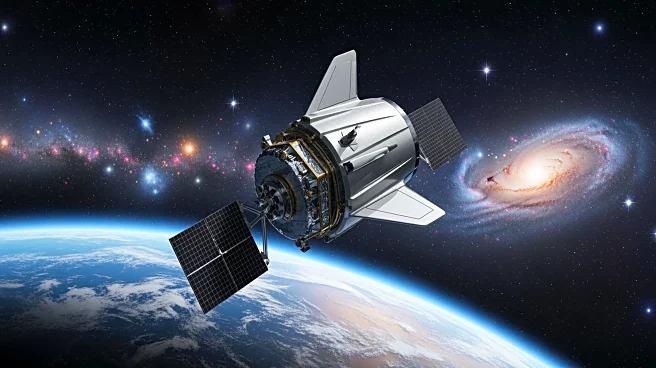What's Happening?
The United Launch Alliance (ULA) is set to launch the ViaSat-3 F2 satellite on November 13 from Cape Canaveral. This satellite is part of a geostationary constellation designed to provide global internet services. The launch follows a prior scrub due
to an Atlas V booster liquid oxygen tank vent valve anomaly. ViaSat-3 F2 is crucial for testing corrective actions implemented after a major deployable antenna reflector failure in the preceding ViaSat-3 F1.
Why It's Important?
The successful launch of ViaSat-3 F2 is critical for Viasat's global internet service ambitions, particularly in rural areas and high-demand locations. The satellite's ability to direct bandwidth to specific areas could revolutionize internet access, impacting industries such as aviation, maritime, and defense. The launch also serves as a test for corrective measures following the failure of ViaSat-3 F1, which resulted in significant financial losses.
What's Next?
If successful, ViaSat-3 F2 is expected to begin service over the Americas in early 2026. The third satellite, ViaSat-3 F3, is planned to launch next year to cover the Asia-Pacific region. Continued monitoring and testing will be essential to ensure the reliability and effectiveness of the corrective actions implemented for the deployable antenna reflector.
















